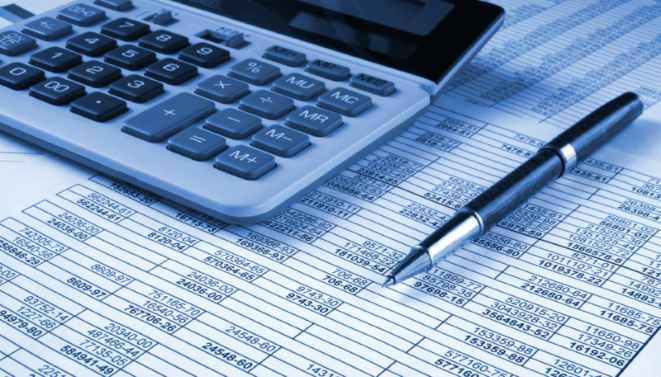As organizations consider sale-leaseback transactions, they must understand the financial reporting implications under the new lease accounting standard, ASC 842.
What is a Sale-Leaseback Transaction?
A sale-leaseback transaction typically occurs when an organization sells an asset, such as real estate, and immediately (or soon thereafter) leases the asset back from the purchaser. The organization that sold the asset is now a lessee, and the buyer is a lessor.
Sale-leaseback can be a useful tool for companies that need to raise capital quickly. However, it’s important to weigh the pros and cons carefully before deciding if this strategy is right for your business.
Pros and Cons of Sale-Leaseback for Organizations
Pros
Organizations pursue sale-leasebacks for potential benefits that can include freeing up cash for operating or investing while maintaining the use of the asset, strengthening their balance sheet by using a less-costly form of financing than a debt facility, and allowing management to concentrate on their core business operations instead of worrying about maintaining fixed assets.
For buyer-lessors, these transactions can provide income over the lease term, as well as the potential to generate further returns by investing the lease income.
Cons
Potential disadvantages that sellers-lessees need to evaluate include the potential recognition of capital gains, an increased lease liability, and the removal of the sold asset from the balance sheet. For the buyer-lessor, the primary risk is potential payment default by the lessee.
Understanding Sale-Leaseback Accounting
The first considerations in accounting for sale-leaseback transactions are determining whether a contract exists and whether the transfer can rightfully be considered a sale. Under the new guidance, these factors depend on the following criteria outlined in Topic 606, Revenue from Contracts with Customers:
- The parties have approved the contract
- The entity can identify each party’s rights regarding the transferred asset(s), as well as the payment
- The contract has commercial substance
- The entity believes it will probably collect consideration
- The performance obligation is satisfied with the transfer of control of the asset(s)
Under Topic 606, the transfer of control is defined by the buyer-lessor accepting the asset and assuming: Legal title, Physical possession, The risks and rewards of ownership, and An obligation to pay for the asset
The existence of a leaseback does not prevent the buyer-lessor from obtaining control of the asset. However, the buyer-lessor is not considered to have control of the asset if the leaseback would be classified as a finance lease or a sales-type lease.
Similarly, an option from the seller-lessee to repurchase the asset would preclude accounting for the transfer of the asset as a sale unless both of the following criteria are met:
- The exercise price of the option is the fair value of the asset at the time the option is exercised
- Alternative assets, substantially the same as the transferred asset, are readily available in the marketplace
If the transfer of the asset is determined to be a sale, the seller-lessee should:
- Recognize the transaction price for the sale at the point in time the buyer-lessor obtains control of the asset along with capital gains associated with the sale, if any
- Derecognize the carrying amount of the underlying asset
- Account for the newly executed lease under Topic 842
Fair Value Considerations
In a sale and leaseback transaction, the sale price might be more than the fair value of the asset because the resulting lease payments are above a market rate; conversely, the sale price might be less than the fair value because the lease payments are below a market rate.
That could result in the misstatement of amounts for the seller-lessee and the buyer-lessor. In this case, the purchase price of the asset should be adjusted if the sale and leaseback occur at other than a market rate.
Determining Fair Value
Whether a sale and leaseback transaction occurs at fair value is determined by the difference between either of the following (whichever is more readily determinable):
- The sale price of the asset and its fair value
- The present value of the lease payments and the present value of market rental payments
Adjustment of Sale Price
If the sale-leaseback transaction is not at fair value, the asset’s sale price should be adjusted on the same basis the entity used to determine the transaction was not at fair value. The adjustment to the sales price should be accounted for as follows:
- Any increase to the sale price of the asset is recorded as a prepayment of rent
- Any reduction of the sale price of the asset is recorded as additional financing provided by the buyer-lessor to the seller-lessee
Companies who have not yet adopted the new lease accounting standards can elect the package of practical expedients available during the transition, and not reassess expired or existing lease contracts, assuming they have been correctly accounted for previously.
For more information about our lease accounting services or sale-leaseback accounting, contact our team.

















